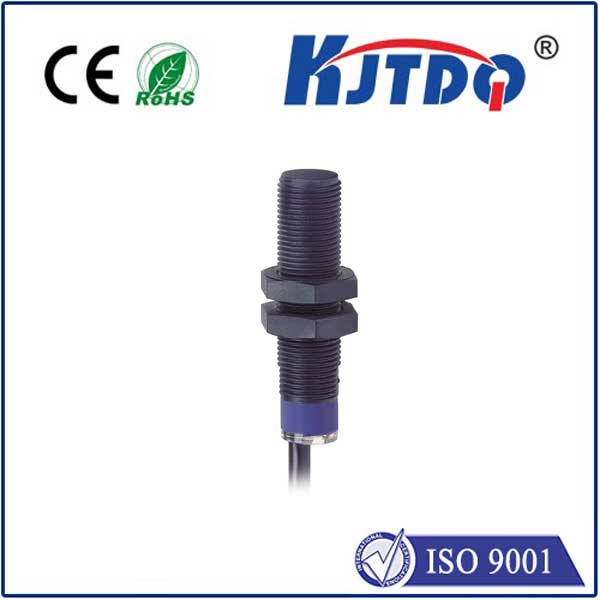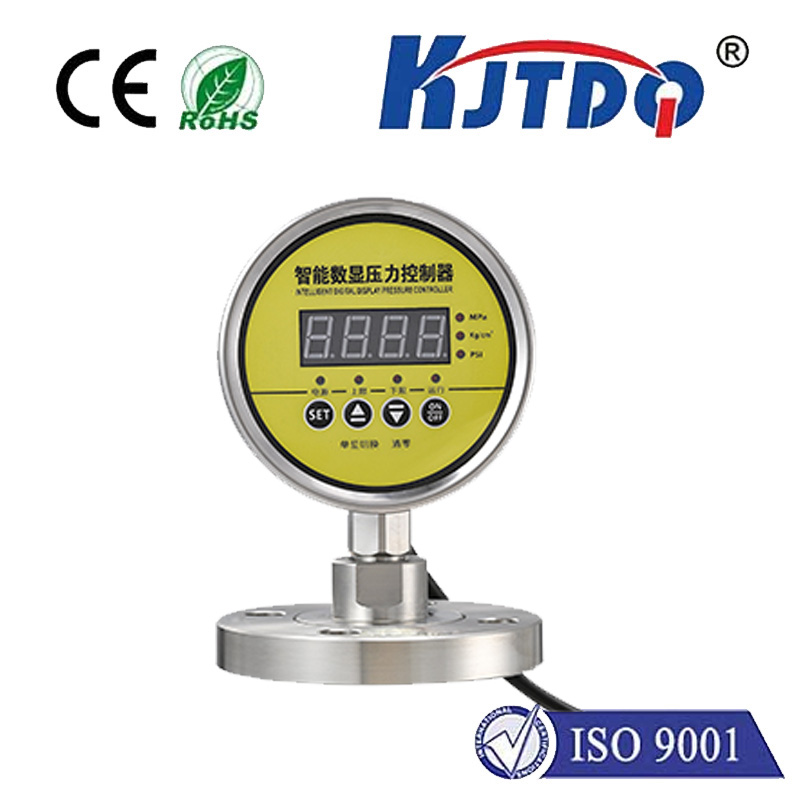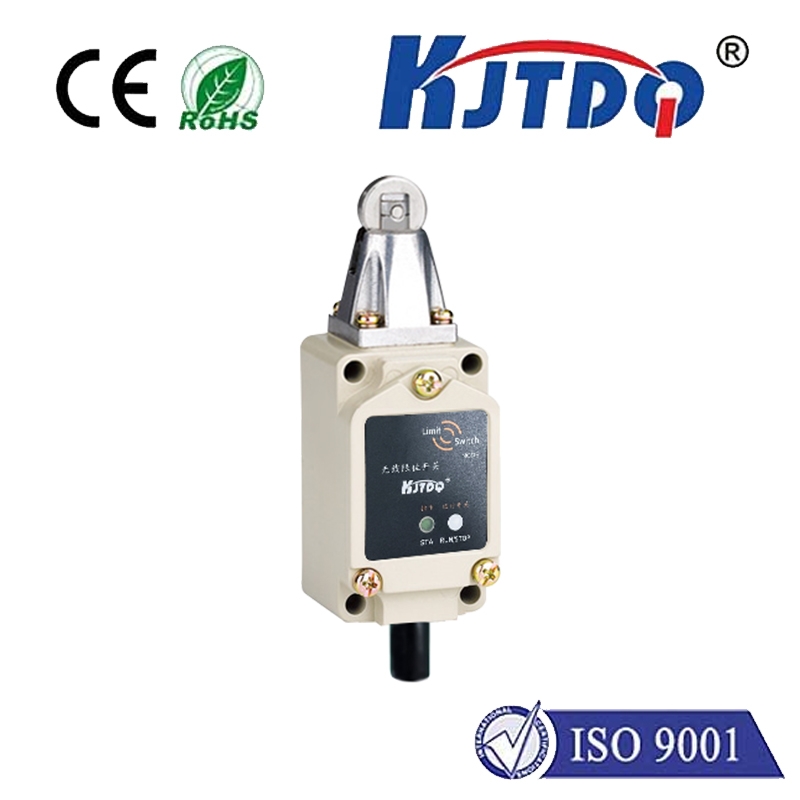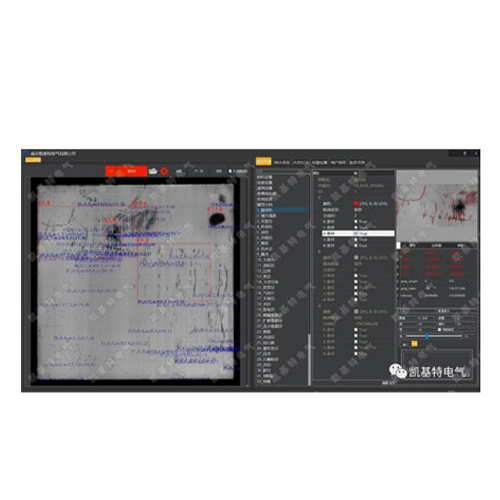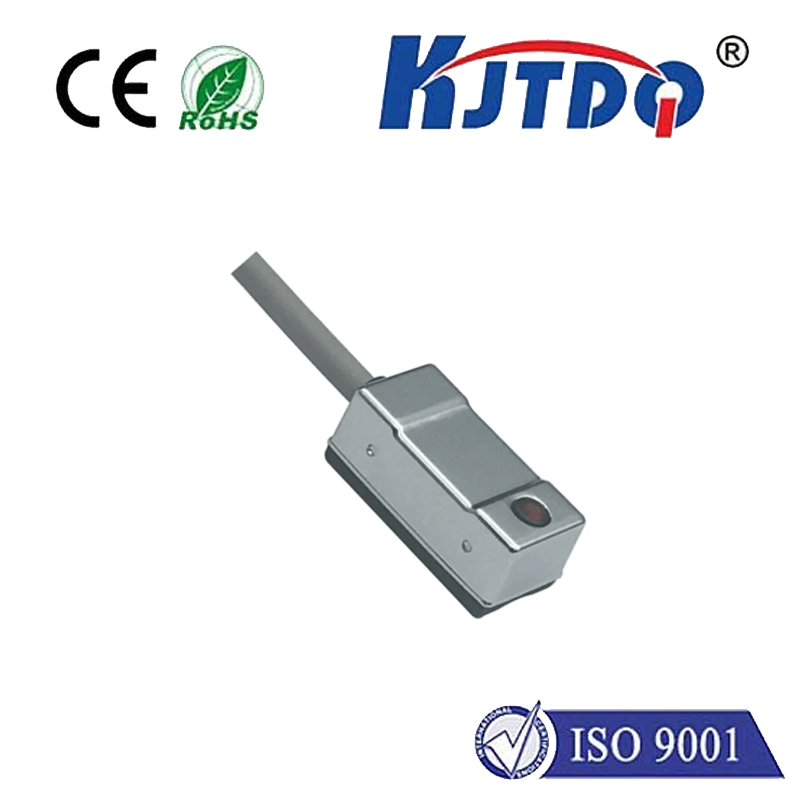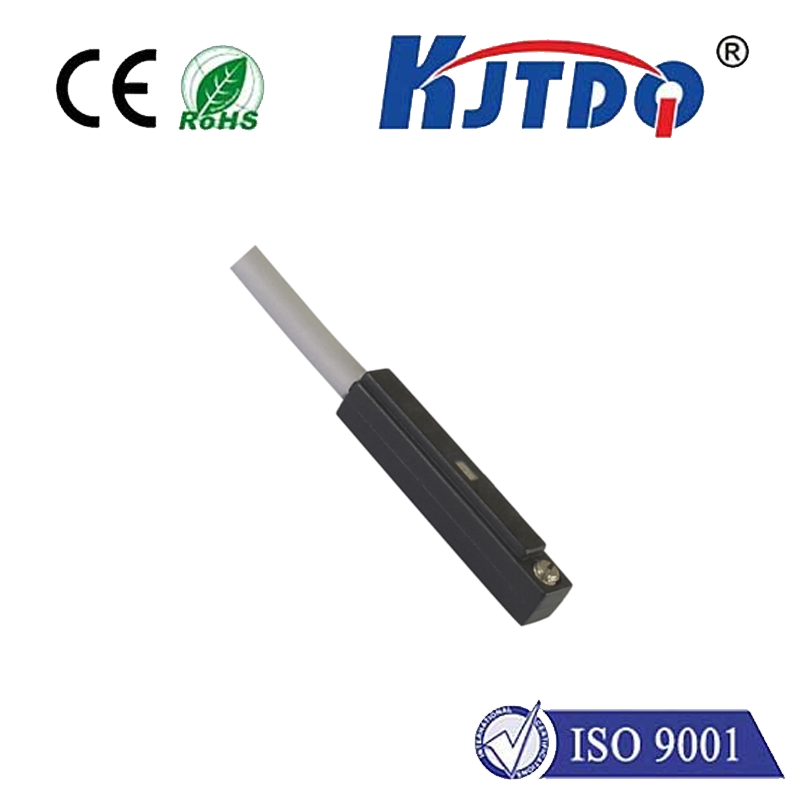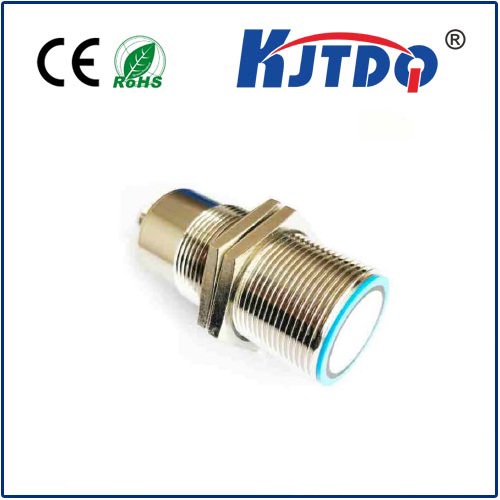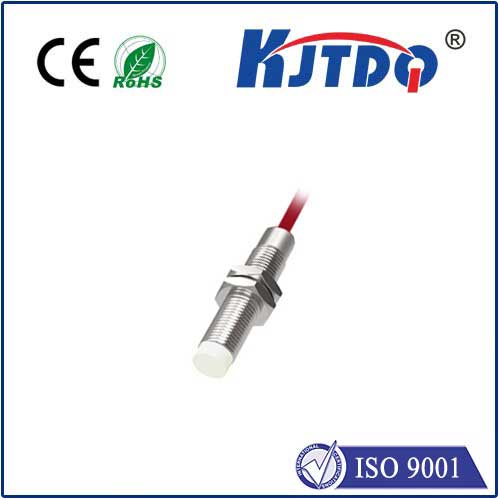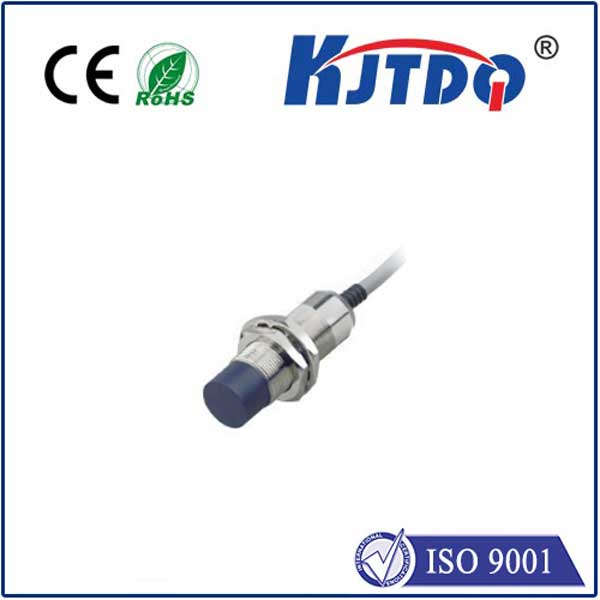

check

check

check

check

check

check

check

check

check

check
Title: The Art of Whisker Switches: A Masterclass in Intricate Design
In the world of electronics, every component plays a vital role in ensuring efficient and reliable functioning. One such component is the whisker switch, a versatile and essential device that has been used in various electronic devices for decades. This article will delve into the fascinating world of whisker switches, exploring their history, design, and applications.
The Origins and Evolution of Whisker Switches
The concept of a whisker switch can be traced back to the early 20th century when electrical engineers began experimenting with different materials to create more precise and reliable switches. One of these materials was carbon, which proved to be an excellent choice due to its high electrical conductivity and low resistance.
However, carbon-based switches had some limitations, as they could only be made so thin before losing their mechanical stability. To overcome this issue, engineers began incorporating other materials such as silicon into their designs, resulting in the development of the modern-day whisker switch.
Today, whisker switches are available in a wide range of shapes, sizes, and functionalities, making them suitable for use in various applications. Some popular types of whisker switches include tactile switches, motion sensors, and capacitive buttons.
The Science Behind Whisker Switches
At their core, whisker switches rely on a unique mechanism known as the "whiskers" principle. Each switch contains a layer of nanoscale hair-like structures called "whiskers" that are suspended between two electrodes. When a force is applied to the switch, it causes the whiskers to bend or deflect, sending an electrical signal to the neighboring electrode.
This process ensures that the switch can detect even the slightest changes in pressure or movement, making them ideal for applications where precision and sensitivity are critical such as medical devices, automotive sensors, and consumer electronics.
Designing an Effective Whisker Switch
Creating an effective whisker switch requires careful consideration of several factors, including material selection, shape, size, and surface finish. For example, certain materials may be more prone to oxidation or corrosion over time, while others may generate excessive heat during operation.
Additionally, the shape and size of the whiskers play a crucial role in determining the switch's performance. Longer whiskers can provide greater sensitivity but may be less resilient to mechanical stress, while shorter whiskers may offer better durability but lower sensitivity.
Surface finishes such as paint or coating can also impact the switch's performance by reducing friction or enhancing tactile feedback. In some cases, specialized coatings may even be applied to improve signal isolation or enhance signal-to-noise ratio.
Applications of Whisker Switches
Despite their complexity, whisker switches have found widespread use across various industries and applications. Some notable examples include:
1. Keyboards and mice: Whisker switches are commonly used in computer keyboards and mice due to their superior tactile feedback and responsiveness. They are also highly customizable, allowing users to adjust their sensitivity and actuation force for optimal comfort and control.
2. Medical devices: Whisker switches are particularly useful in medical devices such as prosthetics and diagnostic instruments due to their ability to detect subtle changes in pressure or movement. This makes them ideal for monitoring conditions such as Parkinson's disease or cerebral palsy.
3. Automotive sensors: Whisker switches are used extensively in automotive sensors for detecting acceleration, braking, and steering forces. They offer high accuracy and reliability due to their non-contact nature and ability to operate under harsh environmental conditions.
4. Consumer electronics: While not as common in everyday consumer products as other switches, whisker switches continue to find applications in high-end audio equipment and gaming consoles due to their exceptional tactile feedback and precision tracking capabilities.
